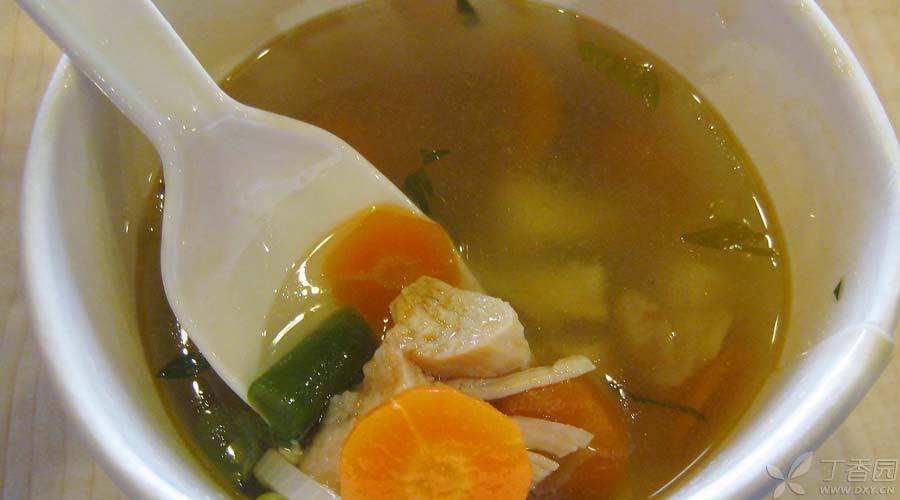
Many foods are [seemingly healthy, but in fact they are not healthy at all]. Moreover, because we all think they are [healthy], we usually eat them without restraint, unaware that it is actually unhealthy to do so.
If you call the roll one by one, you can’t finish it. Therefore, the structure of this article is two parts. First, I will give you a few examples that everyone eats but not necessarily knows. Second, I will give you some simple tips to avoid falling into the pit.
No.1 Vegetable Salad with Mayonnaise
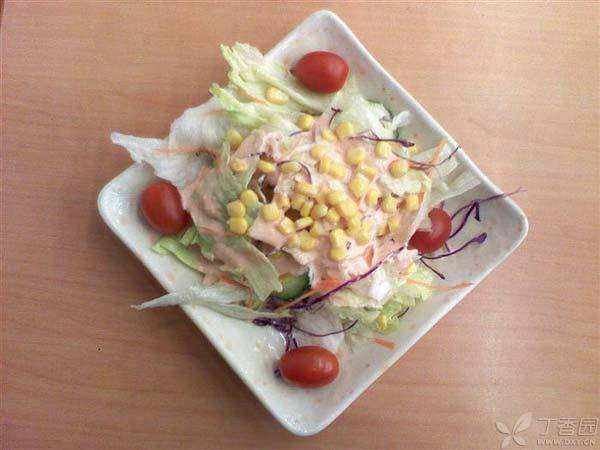
The vegetable salad mixed with mayonnaise is healthy in the vegetable part, but the mayonnaise part is greatly unhealthy. If you squeeze too much mayonnaise when eating salad, you are sucking oil in your mouth.
Let’s look at the ingredient list of mayonnaise:
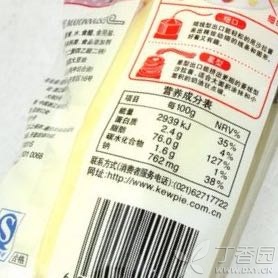
Of the 100 g mayonnaise, 76 g is fat, while the daily fat intake limit for healthy young and middle-aged men is only 75 g, while that for women is even less.
A little carelessness, you may eat all the fat limit for the whole day!
Therefore, eating more vegetables and fruits is indeed of great benefit, but you must ensure that they will not be eaten with unhealthy things, or at least not too much.
When making vegetable salads and putting mayonnaise, be sure to stop.
No.2 Salt/Cream/Tasty Nuts Treated Anyway
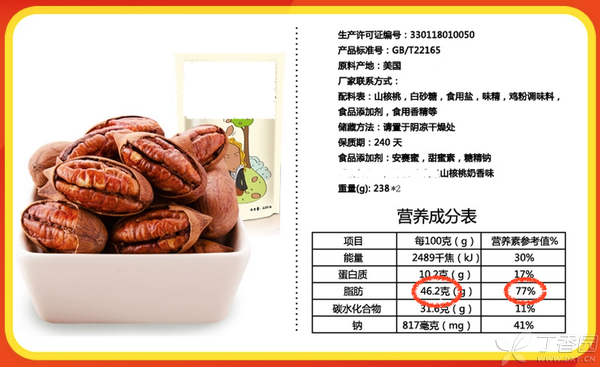
(The picture comes from a snack flagship store in Tmall)
Although nuts contain more unsaturated fat and are slightly healthier than mayonnaise, they still contain 46.2 g of fat in 100 g.
Although it is unsaturated fat, it is still fatty acid after all, and eating too much is always unhealthy. Moreover, if it tastes like salt, its sodium content will go up to the next level, which is another matter.
In addition, because the treated nuts are very delicious, people usually eat them without any restraint. I’m afraid a dozen cream walnuts can be eaten in minutes, which means 100 g of nuts are consumed.
Some merchants with conscience will write on the product introduction page such prompt words as “eat less even if it is delicious, or you will really be fat, girl”.
Moderate consumption of unprocessed nuts can indeed reduce the risk of cardiovascular diseases, but if you eat too much nuts made in unhealthy ways, it is not [reducing the risk], but directly [increasing the risk].
No.3 Sugar Beverage
For example, some vitamin C fortified beverage:
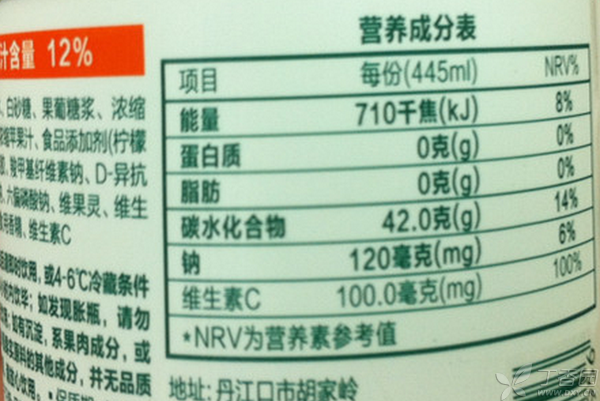
Vitamin C is a good thing, but it is too [sour]. How can picky eaters drink it smoothly instead of pouring it out?
The answer is: add sugar to the sweet and sour taste! This bottle in the picture is 9 cubes of sugar.
If you feel that you need to supplement vitamin C, there are many other channels. Eating an orange is an easy and healthy way. Drinking a drink to supplement vitamin C, these unhealthy extra sugars will also be stuffed into your stomach.
No.4 Vegetable Soup Soaked in Dehydrated Vegetables in Fast Food Restaurant
Yes, this is it!
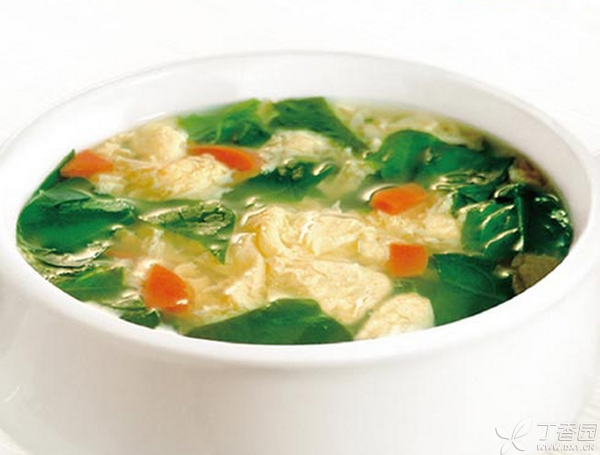
Many people feel that they still need to repent after eating some western fast food, so they buy a bowl of vegetable soup to comfort themselves. Unfortunately, the laboratory technician at Curiosity Laboratory took a test and found that there was no vitamin C in the soup.
Three samples of fresh spinach leaves, vegetable leaves in spinach soup and vegetable leaves picked out from [Furong Hui Vegetable Soup] were sent to Hangzhou Quality and Technology Supervision and Inspection Institute for vitamin C testing. The test results were surprising! Fresh spinach vitamin C content: 142.37 mg/100 g spinach soup vegetable leaf vitamin C content: 47.03 mg/100 g Furonghui vegetable soup vegetable leaf vitamin C content: 0! ! !
Tips for Identifying Food Health
In order to take care of people who do not have any nutritional foundation, these tricks are relatively simple and crude. In a few cases, they may not be rigorous, but they do not affect their use most of the time.
The reason why this kind of food has changed from healthy to unhealthy, Apart from the fact that dehydrated vegetable soup may be processed to destroy the vitamins in vegetables, most other healthy foods are mixed with unhealthy ingredients and are eaten unconsciously. Therefore, we need to identify the existence of these unhealthy ingredients. Here are two tips for your reference.
STEP 1 Read the Nutrition List
According to China’s “General Rules for Nutrition Labeling in Prepackaged Foods” (GB28050-2011), the contents of energy, protein, fat, carbohydrate and sodium are required to be marked for anyone who marks the nutrition composition table, and the contents of sugar are also required to be marked when necessary.
However, among the common things that we treat as edible food, what we need to care about is basically the following categories without labeling the nutritional composition table:
-Fresh food, such as packaged raw meat, raw fish, raw vegetables and fruits, poultry eggs, etc.; -Beverages and wines with ethanol content ≥ 0.5%; -Food made and sold on the spot;
This means that as long as it is to buy food, as long as there is a pre-wrapped package, there is basically a nutritional composition table.
Looking at the percentage on the nutritional composition table, the most crude and direct way is: under normal circumstances, the higher the fat, sodium and sugar, the worse. If it exceeds 33%, it means that it exceeds the limit of one meal. More than 100%, representing more than one day’s limit.
Now, let’s look at the nutritional composition table of [contestant 1]:
Step 2 Read the food ingredient list
According to China’s “Regulations on the Administration of Food Labels”, All kinds of ingredients in the ingredient list should be marked according to the decreasing order of the amount added in the production of processed foods. Therefore, if you see ingredients such as oil and sugar, such as XX palm oil and edible vegetable oil, or raw materials such as white granulated sugar and high fructose syrup in the front position, you should be careful!
3. When applying the nutrition composition table method, the following points should be paid attention to.
First, some foods labeled [100 g] should be converted by the amount of the food. For example, if 43 g of chocolate is labeled with the content per 100 g, its [1] nutritional composition table should be multiplied by 0.43.
Second, if there is a large content of unsaturated fat in fat, such as nuts, then it can be appropriately tolerated to exceed the limit, but the total amount should still be controlled, because unsaturated fat is fat after all, and excessive intake is unhealthy.
Third, if sugar is not separately marked under carbohydrate, then we need to use the ingredient list method together.
Editor: Ding Ruoshui
By KellyWeaver
The article was reprinted by Clove Garden authorized by the author.
